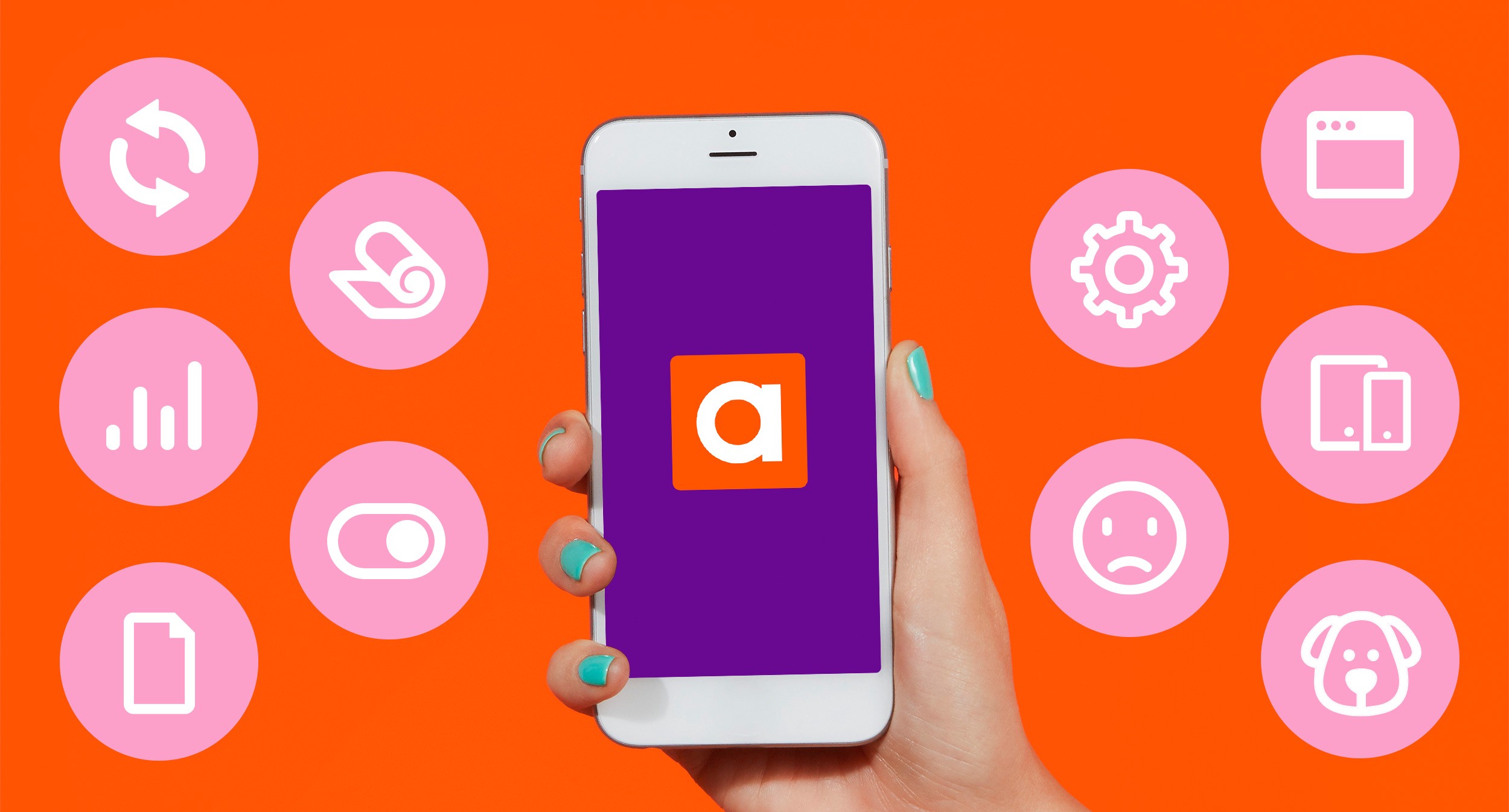During the iPhone app development phase, one thing you need to keep in mind is that the product must be of the highest quality. There are over 1.8 million apps on App Store alone and the actual number of solutions people can run on their iPhones is bigger, so the chances of developing a truly unique app are minimal. Therefore, to stand out you need to offer superior quality and functionality, and testing to eliminate bugs and overall improve your product is an essential step of the development process.
Of course, you can hire a specialized company to do the testing for you. But even this option doesn’t guarantee perfect results, so be sure to consider the following mobile app testing tips.
Release the app in phases
Launching your app into the world in a single go might seem appealing. However, it’s not the most efficient method if you want to minimize the bugs. Instead, you should release it first to a smaller group of customers and then, after you get feedback and make any necessary adjustments, to the world at large.
The best tactic would be to start building this group of initial testers at the same time you start researching how to design an iPhone app. It’s because the process will take time and if you start early and do it right, you might be able to not only get the help in testing your app but also get some good marketing. For this, you will need to make sure this “testing group” includes influencers, like popular streamers for game apps.
Being a small mobile app developer, you might not be able to score deals with top influencers. That’s why you should start early and do your research of niche public figures who might start promoting your app before it hits App Store, meanwhile using it and providing you with feedback.
Break down your tests to the simplest components
The more complex your test is, the higher is the risk that you’ll miss something. What you need is to break it down and create a series of small simple tests that will be able to check each individual component of the solution.
These tests are easier to maintain and they will help you iron out the bugs on the basic level. You’ll need to run full-scale tests as well, but at that point they won’t be as time-consuming.
You also need to define clear goals for every step of the test. This will increase the accuracy and value of data it provides.
Do both functional and stress testing
Functional testing is essential but you can’t forget about stress tests either. Never forget that functionality tests run in ideal conditions. Therefore, they will be unable to spot a variety of the nastiest issues that might occur when people start using your app.
Read up on how to stress test a mobile app to find methods that can be applied in your case. Remember the step above and develop a clear testing procedure to ensure that you identify as many issues as possible. Note that as stress tests push the app to its limits, they might also push it beyond them. You need to be ready to collect the data on that so you can understand how much “abuse” the app can take before it crashes. Use this data when developing improvements in the future.
Bear in mind that stress tests must run on real devices. Their results achieved via simulations are inaccurate.
Testing an iPhone App: How Much Is Enough?
You can’t have too much testing, but you shouldn’t get stuck at this stage either or you’ll never get to the actual release. Therefore, you should develop a comprehensive testing plan at the same time you create the overall plan for your app’s development. Once that stage is complete, push the launch button, but be sure to keep collecting bug reports.
